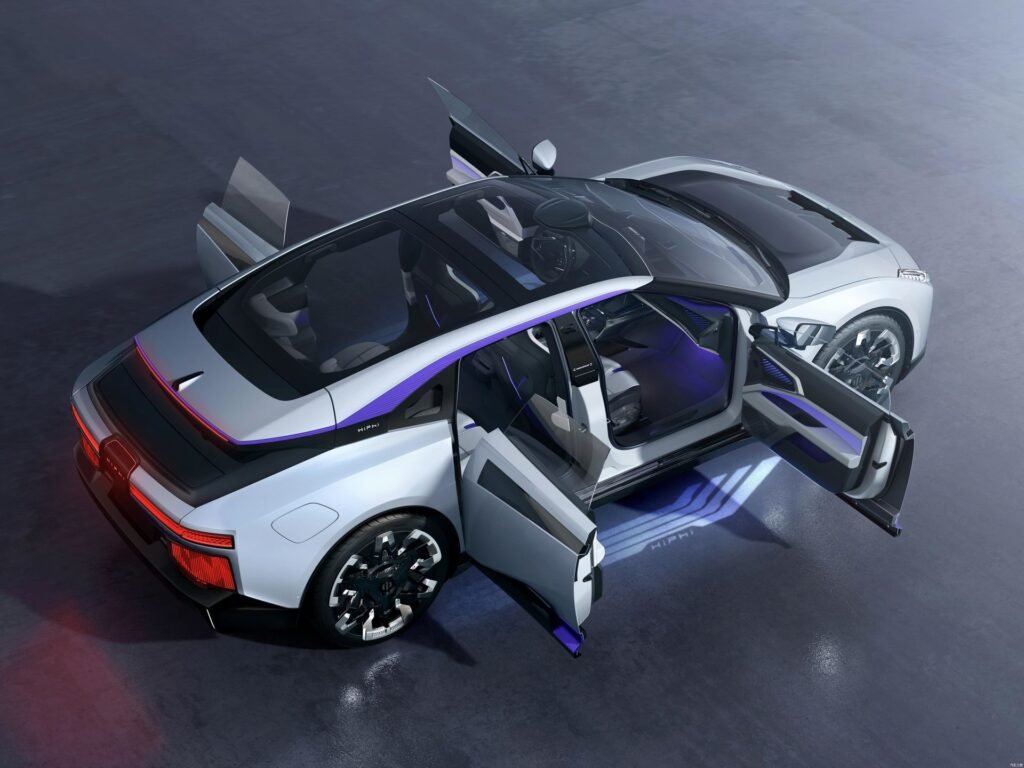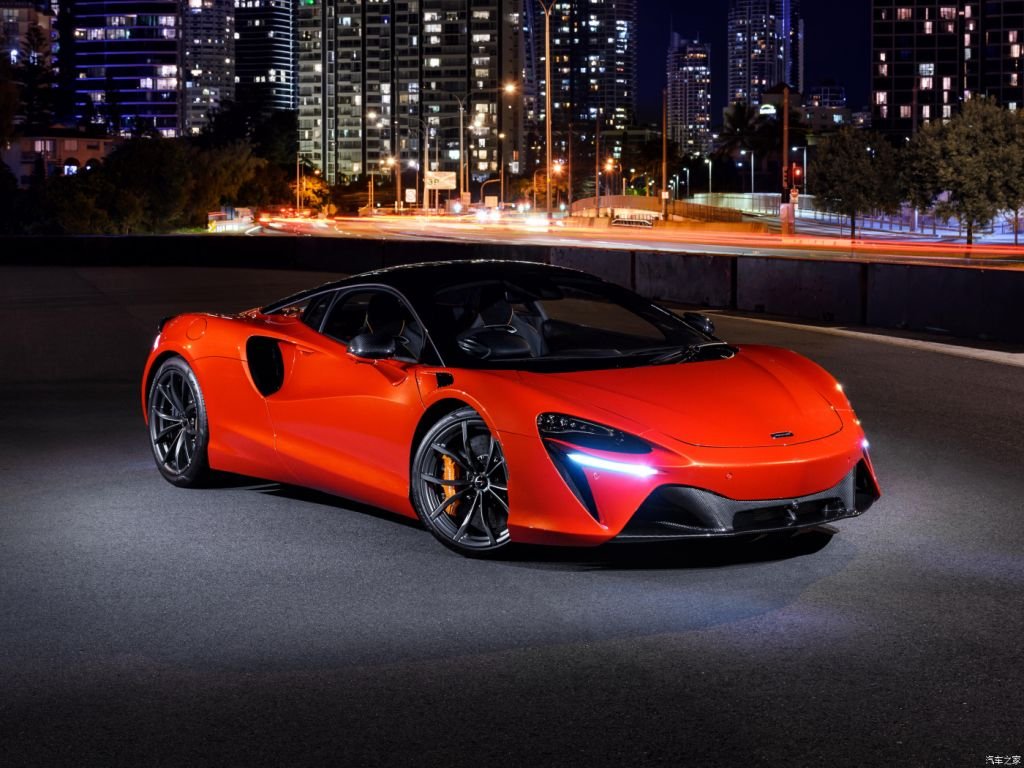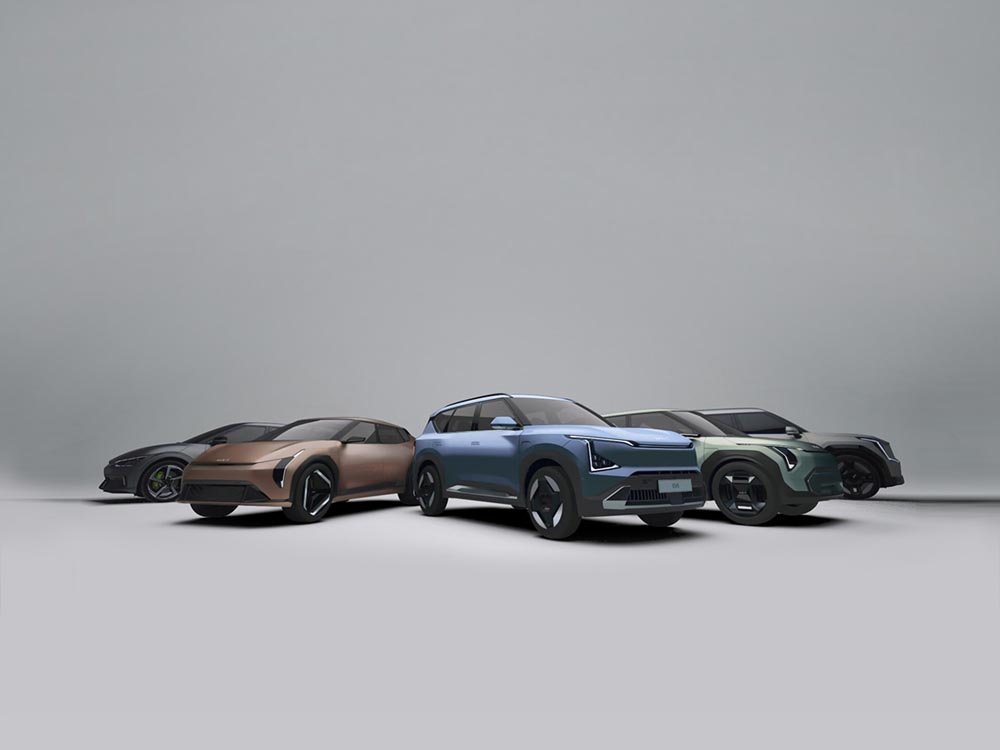An electric vehicle is simply a car that uses electricity as its energy supply and an electric motor as its power engine. But are you guys dazzled and confused when you see EVs, PHEVs, pure electrics, hybrids, range-extended electric vehicles and other various types of electric vehicles in various media? This article will ask you to explain.
EV
Electric vehicle (EV) covers all kinds of cars with electric features. Basically, any car equipped with an electric motor can be collectively called an EV.
BEV
Battery Electric vehicle.
Characteristics of Vehicles
Generally refers to pure electric vehicles. This means that only the battery provides the energy supply, and only the electric motor provides the power to drive the car forward. This type of vehicle can realize a completely zero-emission driving process.
Pure electric vehicles are generally equipped with larger-capacity batteries and provide both AC slow charging and DC fast charging ports.
Because this type of vehicle can only rely on the battery to provide energy, based on the current battery performance and the current state of the charging infrastructure, pure electric models will bring greater mileage anxiety to the owner, to put it in human terms, is always worrying about driving halfway out of battery, and be dumped on the road.
Representative Models
Tesla series, Azera, Xiaopeng, BMW i3, BYD Qin EV, Tang EV, BAIC EV series, Chery Arizer 5e, JAC iEV series, etc.
HEV
Hybrid Electric vehicle. Generally refers to energy provided by fuel and battery. The fuel engine and electric motor provide power.
Characteristics of car models
This model generally has a small battery capacity and does not provide a charging port; the battery’s energy is recharged through energy recovery during the vehicle’s operation.
The electric motor of this model is also not very powerful, and assists the fuel engine in providing power in scenarios such as starting, and acceleration. Because of the electric motor’s assistance, the motor’s high torque is fully utilized to improve overall efficiency during starting and accelerating, and results in a significant reduction in the vehicle’s overall fuel consumption. Because it relies on fuel to provide energy, there is no mileage anxiety.
Representative Models
Toyota Prius, Toyota Leyland, Toyota Corolla, etc.
PHEV
Plug-in Hybrid Electric vehicle. As the name suggests, the PHEV’s on-board power battery can be recharged through an outlet or through the fuel engine. Energy is provided by the battery and fuel. Power delivery is provided by the fuel engine and the electric motor.
Different automakers have large differences in the capacity of the battery, the number of electric motors, and the power configuration of the electric motor on PHEVs, which also form different vehicle styles and features.
Vehicle Characteristics
This type of vehicle can form a variety of drive combinations through the intervention algorithms of electric motors and fuel engines. For example, pure electric mode, pure fuel engine mode, motor plus fuel engine hybrid mode and so on.
In addition, PHEV can be attacked and defended, and when charging is convenient and the power is sufficient, it can be driven in pure electric mode, which saves energy and reduces emission and also reduces the cost of the car. In the case of insufficient power charging unchanged, fuel driving, long-distance travel is also worry-free.
Also, some models, such as the BYD Tang, configured with two motors before and after, and the motor power is 110Kw, plus 151Kw of fuel engine power, the peak 371Kw of power can achieve 100 km acceleration of 4.9 seconds of the monster performance, at the same time, because of the configuration of the front and rear of the two motors, it is very easy to realize the four-wheel drive.
PHEV, before and after 2015, when most PHEV models configured battery capacity is not too large, basically in the 10-15Kwh or so, so generally only configured with AC slow charging a charging interface; in recent years, the battery capacity of PHEV is getting bigger and bigger, so it also started to configure fast charging interface, such as BYD Han DMi 2023 model pure electric working condition range of up to 200Km, configuration of the up to 80Kw DC fast charging interface.
Representative models
BYD Qin, Tang, Han, Song series, SAIC Rongwei series, Link PHEV series and so on.
EREV
Extended-Range Electric Vehicles (EREVs) are electric vehicles that generate electricity from fuel, charge the battery, and are driven by an electric motor.
Vehicle Characteristics
Motor-driven, with good characteristics of electric vehicles. It can be equipped with a smaller capacity battery for low weight and low cost. The battery can be charged through the socket or through the fuel engine while the car is traveling. There is no mileage anxiety because electricity can be generated through fuel.
At present, the pure electric range of extended-range electric vehicles can basically be more than 150Km, and the comprehensive range of a full charge and full fuel is about 1,000Km, with electricity in the city and long-distance refueling, the driving experience of an electric vehicle combined with the refueling experience of a fuel car, which is a good balanced program in the current situation where the range of a pure electric vehicle and the refueling experience cannot be comparable to that of a fuel car.
Representative Models
Ideal ONE, BMW i3 Extended Range Edition, Lantu FREE Extended Range Edition, M5, Zero Run C11 Extended Range Edition, Nezha S Extended Range Edition, and so on.
FCV
Fuel cell vehicle (FCV) is a fuel cell vehicle that provides the energy needed for driving by converting the chemical energy of fuel into electrical energy, and is driven by an electric motor. Currently, the main fuel type is hydrogen.
Characteristics of the vehicle
Fuel cell energy is replenished by adding fuel, so the time is similar to refueling. It can be done quickly.
In addition, the fuel cell energy conversion process is highly efficient, noiseless, and has no pollutant emissions.
However, the biggest difficulties of fuel cell vehicles at present are the difficulty in obtaining fuel, the difficulty in storing and transporting fuel, and the lack of refueling stations.
Representative Vehicles
Toyota Mirai and Honda Clarity.
Having said that, I believe you understand the various types of electric cars, if you still want to know more information about electric cars or want to purchase electric cars from China, welcome to leave us a message.









